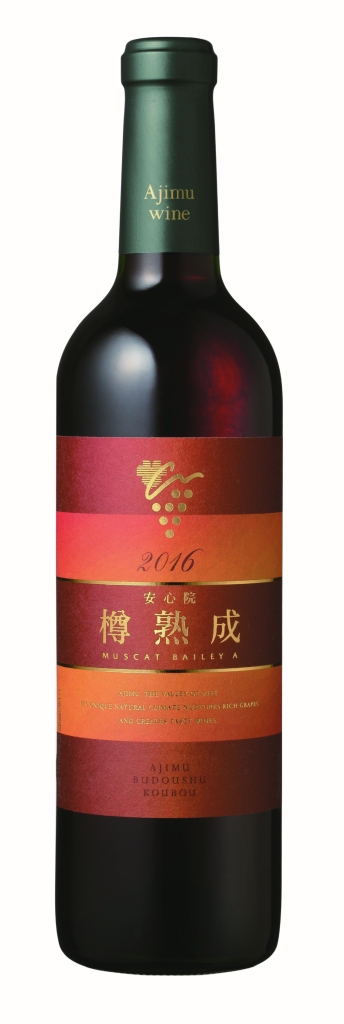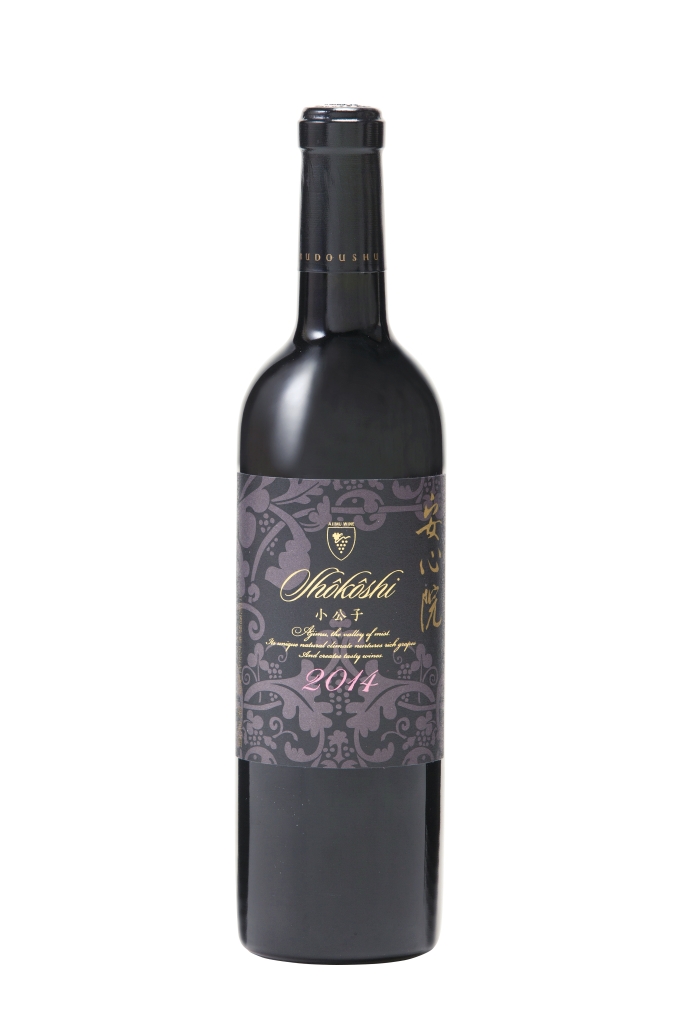In last week’s entry we reviewed a European wine that one of us tasted at the 2023 Sakura Awards tasting, which was held at the Imperial Hotel, Tokyo. This week we will focus on two wines produced by a Japanese winery.


An impressive array of fine wines was laid out before me, the vast majority of foreign provenance. All the Japanese wines I tasted were noteworthy, to be sure, but one winery in particular made a lasting impression, Ajimu Budoushu Koubou, which is located in Oita Prefecture, Usa City, as a matter of fact. No, it’s not labeled made in USA! Three things attracted me to their table. First, Oita Prefecture is not associated with winemaking. It is shochu territory, barley shochu. Second, there were many people waiting to sample their output. Third, Ajimu produces a Muscat-Bailey A, a wine that we have written about many times and have sung its praises high since the first day we tasted it. Ajimu’s Muscat-Bailey A has lots of cotton candy on the nose and vanilla on the palate from French oak exposure. It weighs in at 11.5% abv. Fortune smiled on me that day with this wine. But wait…Fortune smiled again when the vintner suggested I try an additional wine called “Little Prince” in English. This is a highly complex red wine made from grapes developed by a Mr. Sawanobori, an ampelographer, I presume. We have been told that the Shoukoushi (小公子) variety “is [a] hybrid of a lot of wild vines.”1 Congratulations to Mr. Sawanobori and all the people at Ajimu that have made this exceptional wine that exhibits cassis notes and evidence of French oak exposure. The abv is 13%.


The reader might be wondering what the subtitle of this entry is all about. What do we mean by the “Ultimate in Terroir”? Well, okay, here it goes. Oz Clarke defines terroir as follows: “The terroir of a vineyard is the sum of all its parts: its geology, its climate, its topology, its water-holding ability and the amount of sun it receives, and the effect of man.”2 It is that which produces a uniqueness anchored to place. If we substitute the word land, or nation, for Clarke’s vineyard, we can argue that wild grape varieties possess the highest levels of terroir. Indeed, as we have argued in our book Drinking Japan: It’s Not Just Sake (Sanshusha, 2019), it is wine, not sake, that was the original alcoholic drink of Japan. To make sake, one must have access to rice, which did not enter Japan until the Yayoi period. In the Jomon era, which preceded Yayoi, people were almost certainly drinking wine made from wild grapes.
1Private correspondence with Ajimu Budoushu Koubou.
2Clarke, O. & Rand, M. Grapes & Wines (London: Pavillion Books Company, 2015).
https://www.ajimu-winery.co.jp/
